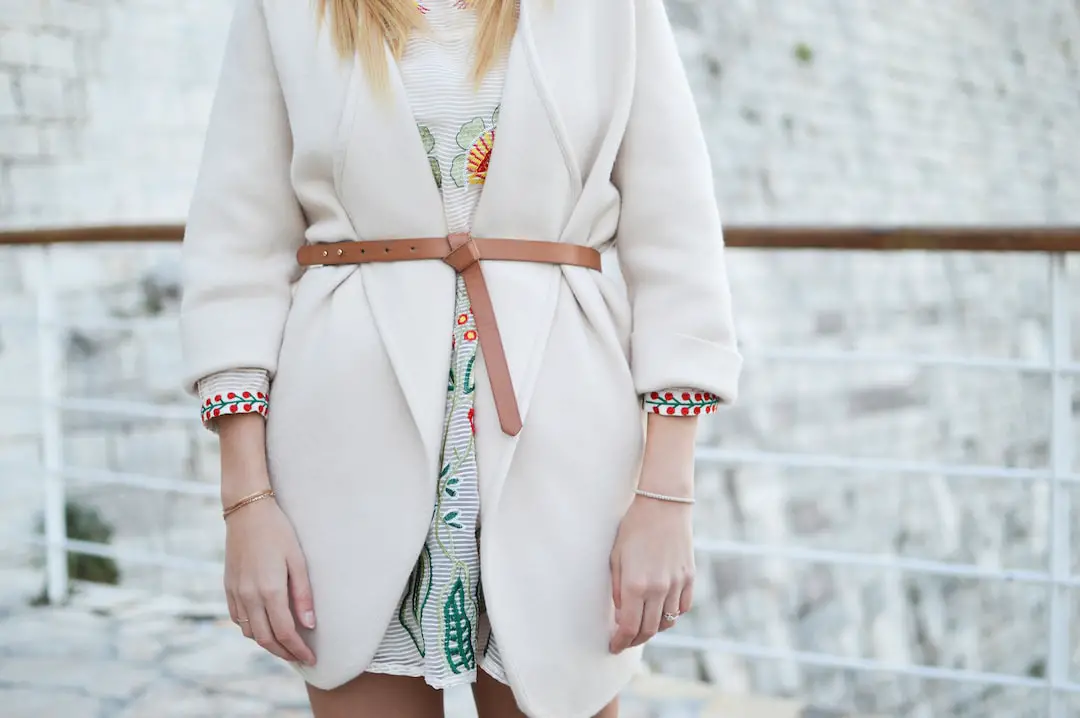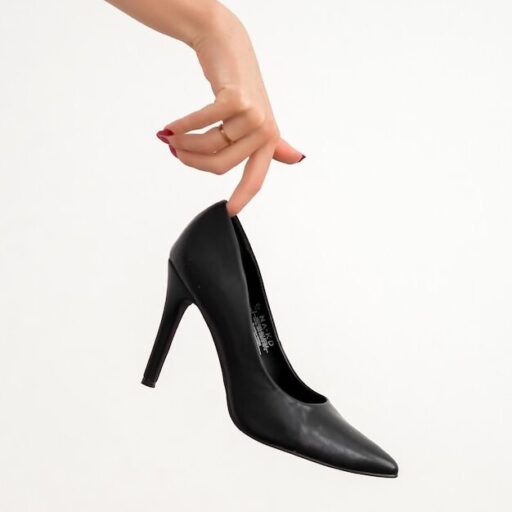Support our educational content for free when you purchase through links on our site. Learn more
What Are Non Athletic Shoes? [2024]
Have you ever wondered what exactly non athletic shoes are? You may have heard the term before, but what sets them apart from athletic shoes? In this article, we will delve into the world of non athletic shoes and explore their features, benefits, and drawbacks. Whether you’re looking for a stylish pair of shoes for a night out or comfortable footwear for everyday wear, we’ve got you covered. So, let’s step into the world of non athletic shoes and discover what makes them so special.
Table of Contents
- Quick Answer
- Quick Tips and Facts
- Background: The Evolution of Non Athletic Shoes
- Types of Non Athletic Shoes
- Choosing the Right Non Athletic Shoes
- Benefits and Drawbacks of Non Athletic Shoes
- FAQ
- Conclusion
- Recommended Links
- Reference Links
Quick Answer
Non athletic shoes, also known as casual shoes or dress shoes, are footwear designed for everyday wear and special occasions that do not involve sports or physical activities. They are typically more stylish and fashionable than athletic shoes, offering a wide range of designs, materials, and features to suit different preferences and occasions. Non athletic shoes are versatile and can be worn with various outfits, from casual to formal attire.
If you’re looking for non athletic shoes, check out our curated selection of the top non athletic footwear brands for 2024: Top Non Athletic Footwear Brands List 2024.
Quick Tips and Facts
- Non athletic shoes are designed for everyday wear and special occasions.
- They are more stylish and fashionable than athletic shoes.
- Non athletic shoes come in a wide range of designs, materials, and features.
- They can be worn with various outfits, from casual to formal attire.
Background: The Evolution of Non Athletic Shoes

Shoes have been an essential part of human history, serving both protective and decorative purposes. From the earliest civilizations to modern times, footwear has evolved to meet the changing needs and fashion trends of society. In the United States alone, annual shoe purchases amount to 2.3 billion pairs, averaging 7.6 pairs per person. While athletic shoes have their place in sports and physical activities, non athletic shoes cater to the everyday needs of individuals.
The technology and craftsmanship behind shoemaking have come a long way. From the 14th century BC to the middle of the 19th century, shoemaking technology remained almost unchanged. However, with advancements in materials, manufacturing techniques, and design, non athletic shoes have become more comfortable, durable, and stylish than ever before.
Types of Non Athletic Shoes
Non athletic shoes encompass a wide range of styles, each designed for different occasions and preferences. Here are some popular types of non athletic shoes:
-
Dress Shoes: These are formal shoes typically worn for special occasions such as weddings, parties, or business events. They come in various styles, including oxfords, loafers, and brogues.
-
Casual Shoes: Casual shoes are perfect for everyday wear and informal occasions. They offer comfort and style, with options like sneakers, boat shoes, and slip-ons.
-
Boots: Boots are versatile footwear that can be worn in various settings. From ankle boots to knee-high boots, they provide both style and functionality, keeping your feet warm and protected.
-
Sandals: Sandals are ideal for warm weather and casual outings. They come in different designs, including flip-flops, slides, and gladiator sandals.
-
Flats: Flats are comfortable and practical shoes that are perfect for everyday wear. They are typically lightweight and easy to slip on, making them a popular choice for women.
Choosing the Right Non Athletic Shoes
When selecting non athletic shoes, it’s important to consider factors such as comfort, style, and durability. Here are some tips to help you choose the right pair:
-
Fit: Ensure that the shoes fit properly and provide adequate support for your feet. Consider factors such as arch support, cushioning, and width.
-
Material: Non athletic shoes are made from a variety of materials, including leather, suede, canvas, and synthetic materials. Choose a material that suits your preferences and the intended use of the shoes.
-
Style: Consider the occasion and your personal style when choosing non athletic shoes. Opt for classic designs that can be paired with multiple outfits, or go for trendy styles to make a fashion statement.
-
Durability: Look for well-constructed shoes that will withstand regular wear and tear. Check the quality of the materials, stitching, and sole to ensure longevity.
Benefits and Drawbacks of Non Athletic Shoes
Non athletic shoes offer several benefits and drawbacks compared to athletic shoes. Let’s take a closer look:
Benefits:
- Style: Non athletic shoes are designed to be fashionable and stylish, allowing you to express your personal style and enhance your overall look.
- Versatility: They can be worn with various outfits, from casual jeans to formal dresses, making them a versatile addition to your wardrobe.
- Comfort: Non athletic shoes are often designed with comfort in mind, providing cushioning, support, and flexibility for all-day wear.
Drawbacks:
- Limited Performance: Non athletic shoes are not designed for sports or physical activities, so they may not provide the same level of performance and support as athletic shoes.
- Less Durability: Some non athletic shoes may not be as durable as athletic shoes, especially if they are made from delicate materials or lack reinforced construction.
FAQ
What are some non athletic footwear brands?
There are numerous non athletic footwear brands to choose from, each offering their own unique styles and designs. Some popular non athletic footwear brands include:
What are considered athletic shoes?
Athletic shoes, also known as sports shoes or sneakers, are footwear specifically designed for sports and physical activities. They are engineered to provide support, cushioning, and stability during athletic movements.
What makes a shoe an athletic shoe?
Several factors distinguish athletic shoes from non athletic shoes. Some key features of athletic shoes include:
- Cushioning: Athletic shoes often have extra cushioning in the midsole and heel to absorb impact and provide comfort during high-impact activities.
- Support: They offer additional support for the feet, ankles, and arches to prevent injuries and promote proper alignment.
- Traction: Athletic shoes have specialized outsoles with patterns or grooves that provide traction and grip on various surfaces.
- Breathability: Many athletic shoes are designed with breathable materials to keep the feet cool and dry during physical activities.
What is the difference between sneakers and athletic shoes?
Sneakers are a type of athletic shoe that is primarily designed for casual wear. While all sneakers are athletic shoes, not all athletic shoes are sneakers. Sneakers typically have a more casual and versatile design, making them suitable for everyday wear.
Conclusion
Non athletic shoes offer a stylish and versatile option for everyday wear and special occasions. With a wide range of designs, materials, and features, there is a perfect pair of non athletic shoes for everyone. Whether you’re looking for a comfortable pair of flats, a trendy pair of sneakers, or a classic pair of dress shoes, non athletic shoes have got you covered. So step into style with non athletic shoes and elevate your footwear game.
Recommended Links
- CHECK PRICE on:
- Shop Clarks on:
- Shop Cole Haan on:
- Shop Dr. Martens on:
- Shop Toms on:
- Shop Vans on:
Reference Links


